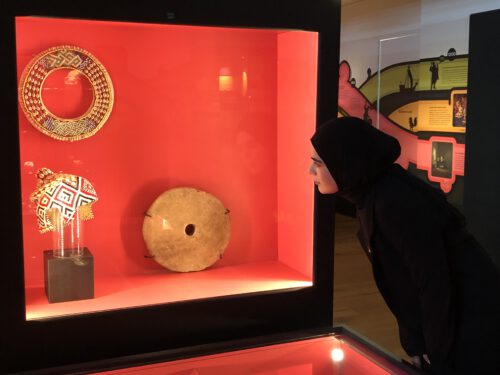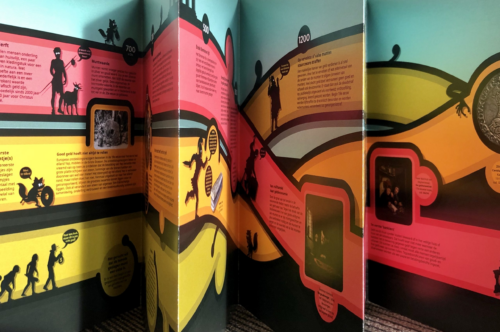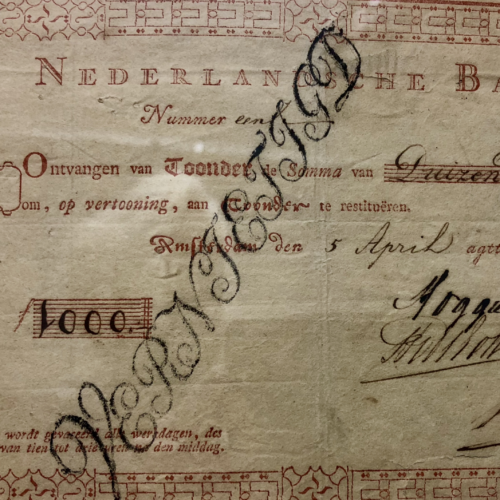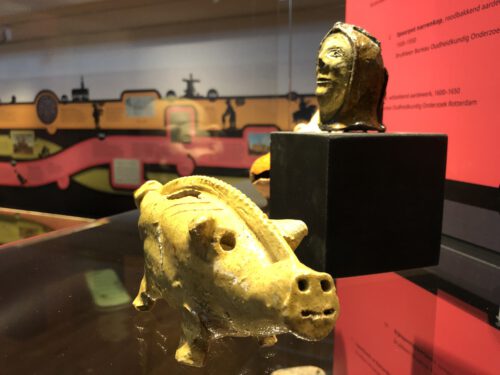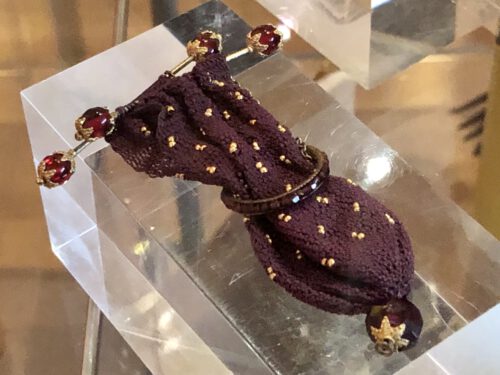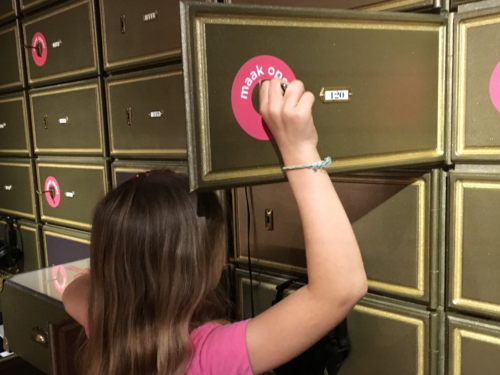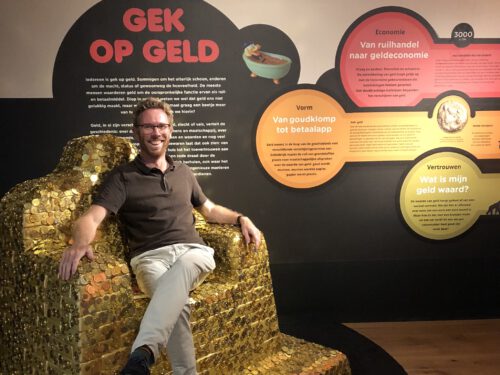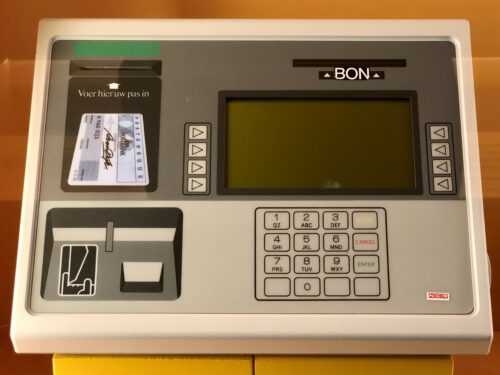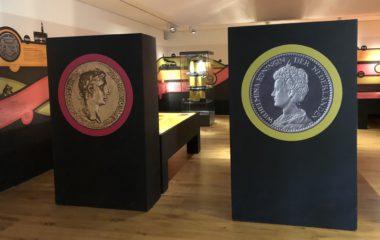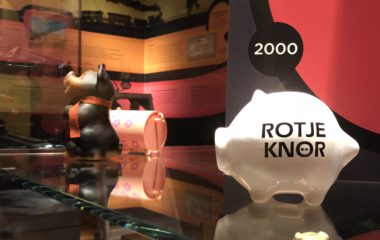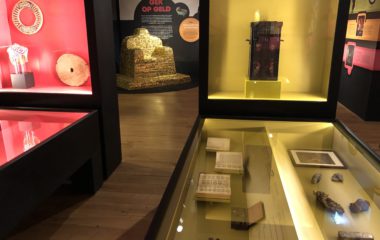MAD ABOUT MONEY

Foto: Royal Press Europe
The Mad About Money exhibition was a journey through time past the most beautiful – real and counterfeit – money, the oldest and quirkiest money boxes, rare money holders and other eye-catching objects that brought the history of money to life. Organised in collaboration with DNB (the Dutch central bank), this exhibition was a fun learning experience for young and old alike. It opened up part of the National Numismatic Collection to members of the public once again.
Strange currency
Strange currency like cowrie shells, salt, dogs’ teeth and a rai stone from the island of Yap could also be seen at the exhibition. And every object had its own story. The exhibition took visitors on a journey through the history of money right up to the latest developments in payment methods and storage options.The ‘whole’ history
Visitors could discover what types of currency existed in the past and how money influenced people and society. The history of money was described and illustrated in this timeline on the wall, with loads of fun and interesting facts. The timeline was also printed in a brochure that visitors could take with them after visiting the exhibition.Real and fake
Money illustrates history, and history repeats itself whether it’s about earning good money, being money mad or counterfeiting money. The story goes that the second coin ever struck was counterfeit. What’s clear is that from the outset people have tampered with the weight and purity of silver and gold coins. Various forms of ‘bad’ money were displayed as well as counterfeiters’ tools and counterfeit banknotes. The circulation of lots of counterfeit or bad money harms confidence and damages the economy. Did you know that counterfeiting was punishable by death in the Middle Ages?Archaeological finds
Several of the old money boxes came from Rotterdam, found in a cesspit during a soil survey at the site of the Willems railway tunnel. They included a slip earthenware money box in the shape of a head, dating from the early to mid-1500s. And a piggy bank which no longer contained any savings. These archaeological finds were on loan from Archeologie Rotterdam (formerly BOOR, Bureau Oudheidkundig Onderzoek Rotterdam).Money holders
The money holders on display showed that money has changed in form over time: from centuries-old coin pouches to roomy wallets for banknotes through to the latest holders for plastic money. Over the centuries, there’s also been a shift from just being functional to also looking stylish. Some money holders seem to be more of a fashion statement.Highlights
In addition to the colourful collection of money boxes and special money holders – from a medieval money pouch to an ivory purse – there was a large golden seat in the hall. Visitors could sit down there for the perfect photo opportunity in the Museum. There was also a chance to find out what money does to people and what money type you are.Loan exhibits
Most of the objects displayed came from the vaults of the DNB, including the rare coins, strange currency and special banknotes, counterfeiters’ tools, piggy banks and money holders. In the latter category, there were also loans from Museum Rotterdam, Archeologie Rotterdam (formerly BOOR) and the Amsterdam Museum of Bags and Purses. The ING business history archives provided more recent forms of money and payment methods: giro WOEF credit slips, cheques, plastic money and a cash machine.

